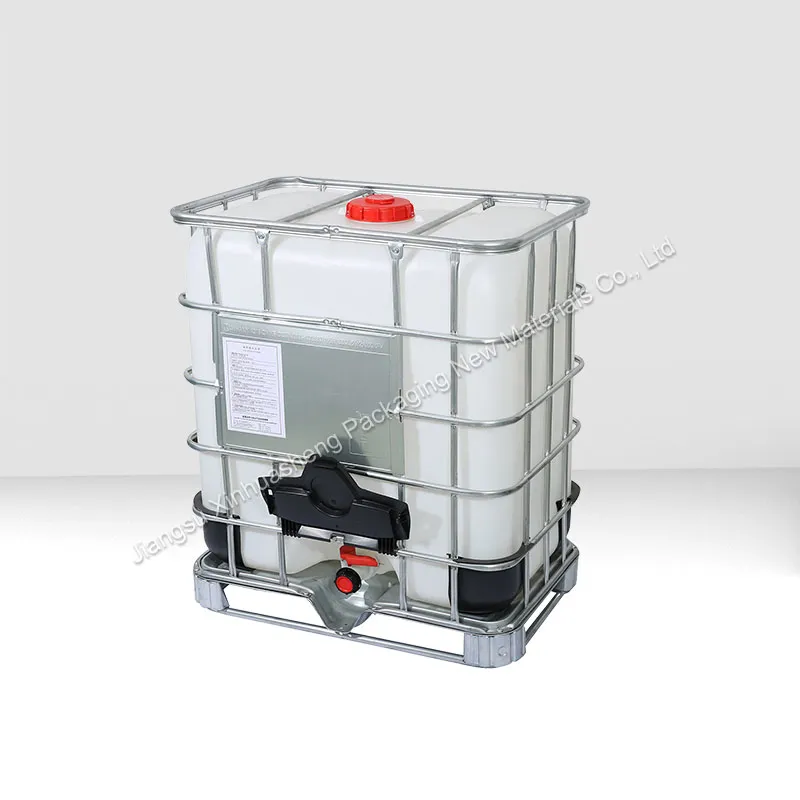What Does IBC Tank Stand For?
2024-10-25
In the world of industrial packaging, the acronym IBC stands for Intermediate Bulk Containers. These versatile containers, also known as IBC tanks, IBC totes, or simply IBCs, are specifically designed for the efficient handling, transportation, and storage of various materials, including liquids, semi-solids, pastes, and even solids.

What is an IBC Tank?
An IBC tank is a large-capacity container typically ranging from 100 to 1,200 liters in capacity. These containers are constructed to be robust and durable, capable of withstanding the rigors of industrial use. They are designed with safety and efficiency in mind, making them ideal for a wide range of applications.
Types of IBC Tanks
IBC tanks can be broadly classified into two main categories: flexible IBCs and rigid IBCs.
Flexible IBCs:
These containers are made from materials like fabric or plastic film, which allows them to be collapsible when empty, saving space during transportation and storage.
Flexible IBCs are often used for transporting non-hazardous liquids and are known for their lightweight and ease of handling.
Rigid IBCs:
Rigid IBCs are constructed from materials such as high-density polyethylene (HDPE) or stainless steel, providing a sturdy and durable structure.
These containers are typically used for storing and transporting hazardous materials due to their robust design and ability to withstand high pressures and temperatures.
Applications of IBC Tanks
IBC tanks are widely used across various industries, including:
Chemical Industry: For storing and transporting chemicals, solvents, and other hazardous materials.
Food and Beverage Industry: For handling ingredients, syrups, and other food-grade liquids.
Pharmaceutical Industry: For storing and transporting pharmaceutical ingredients and formulations.
Agricultural Industry: For transporting fertilizers, pesticides, and other agricultural chemicals.
Automotive Industry: For storing and transporting lubricants, coolants, and other automotive fluids.
Benefits of Using IBC Tanks
The use of IBC tanks offers numerous benefits, including:
Cost-Effective: IBC tanks are a cost-effective solution for bulk material handling, transportation, and storage. Their reusable nature means they can be used multiple times, reducing the need for disposable packaging.
Safe and Secure: Designed with safety in mind, IBC tanks feature robust construction, secure closures, and often include venting systems to prevent over-pressurization. This ensures that the materials being transported or stored are kept safe and secure.
Space-Saving: IBC tanks are designed to be stackable, allowing for efficient use of space in warehouses, distribution centers, and transportation vehicles.
Versatile: With a wide range of sizes, capacities, and materials available, IBC tanks can be tailored to suit specific application needs.
Eco-Friendly: By reducing the need for disposable packaging, IBC tanks contribute to environmental sustainability. They can be easily cleaned and reused, reducing waste and the environmental footprint associated with packaging disposal.



